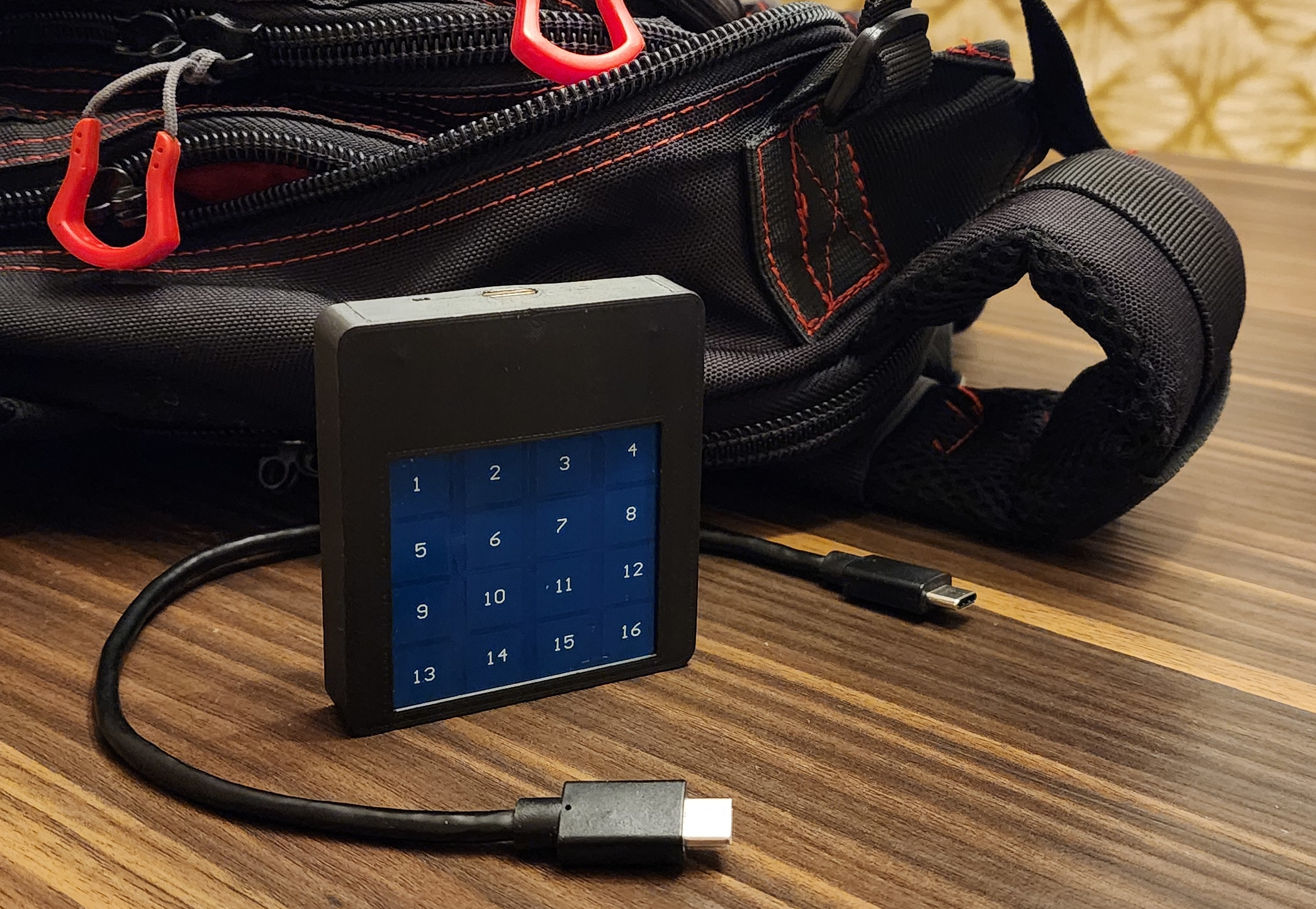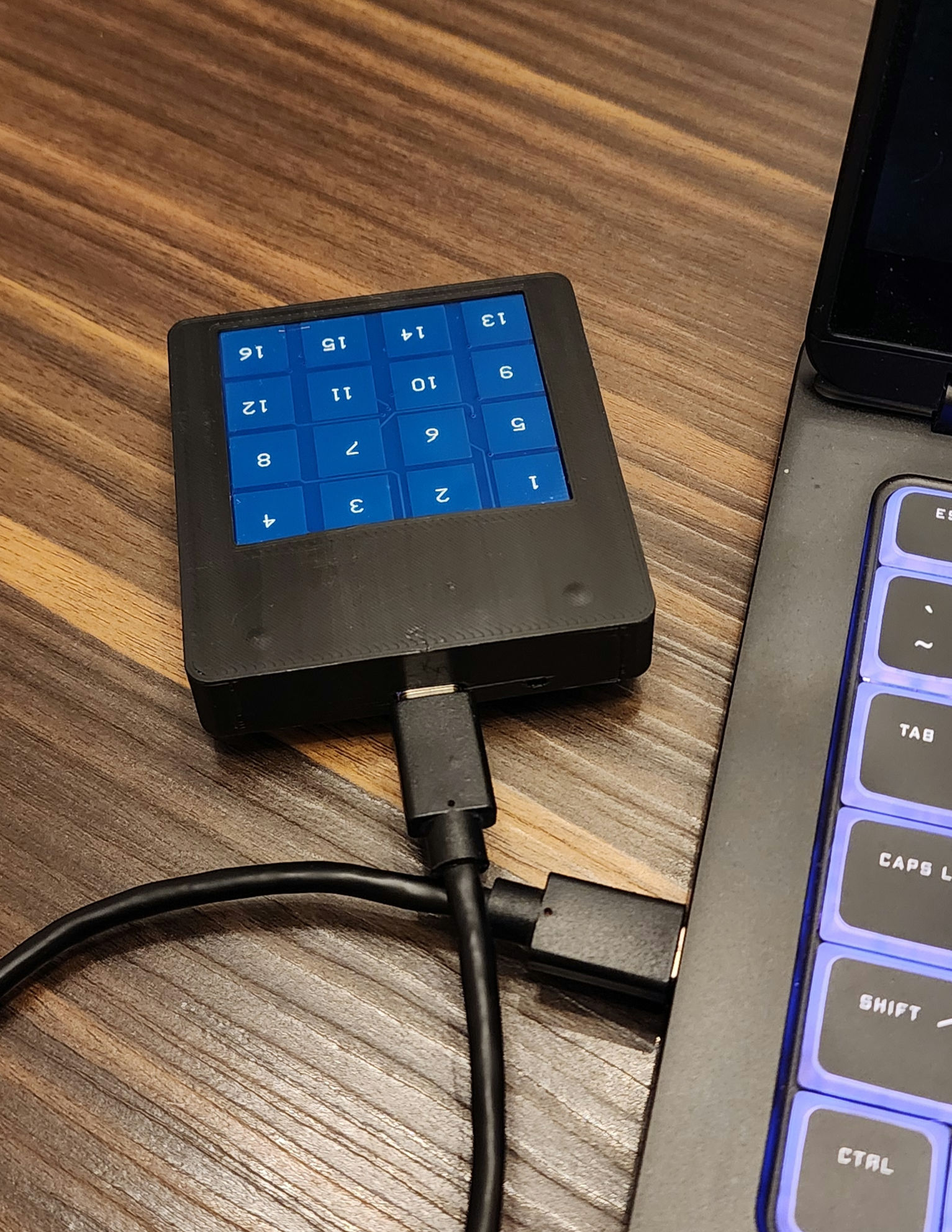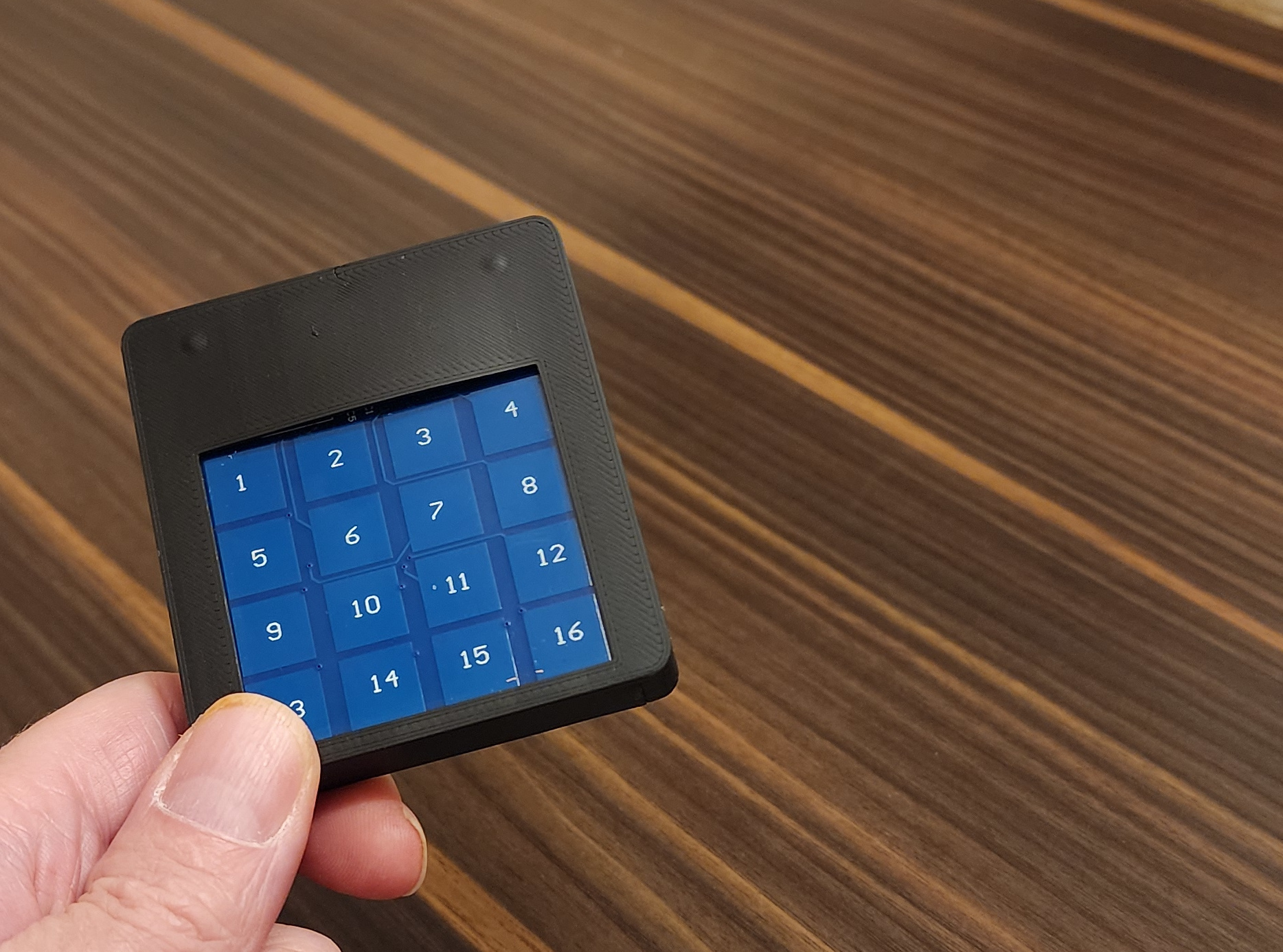For most people, if you can remember your password then a computer can easily break it. This device takes things that are easy for people to work with and turns that into something that’s hard for other computers to break.
How hard a password is to break is generally referred to in bits. Older passwords of ~8 characters have at most 50 bits of entropy, but as of 2025 80 bits (13 character “complex” passwords!) are required.
- Older passwords or home use – 8 characters or less (30-50 bits)
- In the early 2000’s, businesses required 6-10 characters (35-59 bits)
- Modern businesses now require 10-13 characters (60-79 bits)
- Finance, medical and other audited industries require 15 or more characters (appx 98 bits)
- Federal, Government and Government contractors must have 18 or more (appx 118 bits)
- 20+ characters is considered “future proof” and exceeds all current standards. Often used in Top Secret or other extremely sensitive applications (such as protecting Internet Certificate Authorities)
Most passwords and even passphrases that people come up with and can remember is 40 bits or less, especially at home.
The Cipherpod greatly improves password security by generating strong passwords from the combination of a PIN and an RFID token. This dual-factor approach means that a user only needs to bring a thing on their keychain and remember a PIN in order to generate a password that will pass and exceed every policy and security test, and when they need to change their password they only need to change any of the PIN digits to generate a completely new credential that looks nothing like the previous.
It also enables secure access scenarios that traditional password managers cannot address, such as those listed below.
Use at Work
Most workplaces require a password better than “MyPass1!”, and when you find a good password (or passphrase) you have to change it regularly anyway. Using the Cipherpod means you only have to remember a 4 digit pin to have an above-industry-standard password, and changing the password just means changing even 1 character in your pin to generate a completely different password.
In non-audited, low security environments, you could even write your PIN on a Post-It note and put in under your keyboard or right on your screen without compromising security!
Use at Home
Most people don’t even have passwords on their home computers, but this leaves your computer susceptible to a myriad of risks that would make your personal and private computer easy pickings for an attacker. Using a Cipherpod makes having a strong login password on your home computer and yet is very easy and quick to use.
In homes with children and administrative controls to limit screen time, it’s increasingly important to have a strong password the children can’t guess, and the older they are the more persistent they can be. The parent can leave a Cipherpod on their desk connected to the computer, and even if the child can guess the PIN the parent might use they can’t get the RFID keyfob on their keyring while the parent is out of the house, making login practically impossible. This would be true for desktops, laptops, modems and any digital device requiring a password.
Time controlled access also becomes possible – limiting screen time until a parent comes home means the children can’t log in without the RFID fob on their keyring. Parents don’t have to worry about hiding the password as they type it; they could post the PIN on the refrigerator if they wanted to.
Full-Disk Encryption
Whole-drive encryption requires a password because in a pre-boot environment there’s no network, no server, no cloud resource to validate a token. On such a machine there’s no point employing strong, 256-bit encryption when your passwords is “toughasnails123” (50-60 bit using dictionary words – this can be cracked in less than 10 minutes on any laptop). The Cipherpod can easily generate a 256-bit password that the user would never be able to remember and would never mistype it.
Schools and Use With Students
Computer labs in educational facilities often have a username and password assigned to every student, but very few students select decent passwords, and this can lead to students using other student’s accounts and blaming them for illicit activity, exposed student accounts posing a risk to the facility or worse. Providing a Cipherpod means students only have to remember a PIN and bring their student access card to the computer lab, and there is no way another student can commandeer their account even if they watch them enter their PIN (“shoulder surfing”).
Remote Support & Elderly Use
In the example of supporting an elderly user with their computer, the Cipherpod can really shine. Elderly users never consider how insecure it is to send a password over SMS text or write it on a Post-It note, and it would be almost impossible for them to set different passwords for every site they use which is good Internet hygiene. They almost always write down their passwords somewhere and have a terrible time selecting a credential that complies with modern security practices. Just general use of a Cipherpod would ensure their banking, insurance and other web portals have powerful passwords while the user only has to write down a PIN, and it makes changing their passwords trivial in the event of compromise.
Family members can have multiple Cipherpods keyed the same way and a physical copy of the same RFID token, so the elderly user simply has to share a PIN – even over SMS text – and the family members can log into email, banking and insurance sites on their behalf.
There are many tragic cases of home care staff logging into elderly users’ computers while they’re away, having helped them with their computers at some point. It is impossible to log into the computer while the elderly person is away since their RFID key is on their keychain.
Password Manager Compromise
There are many instances where cloud-based password manager providers have been compromised, and people’s whole database of passwords has been leaked to the Internet underground. Using a Cipherpod, users only need to use a password manager to retain their PIN for a given website, and if that PIN is leaked it still doesn’t leak their actual password.
Compliance and Audited High-Security Environments
Regulated industries requiring complex passwords and frequent rotation benefit from Cipherpod’s deterministic generation. Organizations can meet HIPAA, SOX, or government security standards without user training overhead or password storage risks.
Cipherpods generate 8 character complex passwords just as easily as 256-bit credentials, so users can easily produce login passwords that are compliant with even the most strict password policies, and change them very easily.
Dual-Person Authentication and Authorization
With a Cipherpod connected to a high-security computer, both a PIN and RFID tag are required to make it generate the strong login password. An individual with the PIN and another individual with the RFID tag would be required to access this computer.
This can be useful in banking, finance, trade and protecting high security keys such as Certificate Authority encryption keys. Emergency Broadcast systems would require both the technician and supervisor authorization. In Legal and Compliance environments, a digital evidence locker could only be accessed when both the attorney and forensics technician are present. Account information inherited after death could only be accessed when the attorney provides the Cipherpod and RFID tag, and a family member has the PIN.
Crypto-Currency Cold Storage
There are many unfortunate instances of YouTube influencers and Internet personalities being physically attacked for their Bitcoin wallets or account access. Offline wallets can be protected with an RFID key being kept in a safe offsite and the individual retaining the PIN, making compromise impossible no matter what the circumstances.
Protection Of A Device During Travel
Lawyers, Journalists and others often have to travel internationally, and the digital devices they bring with them (or have checked in their luggage) are prime targets for theft or coercion. Even just having a laptop stolen in a terminal can be a serious situation for anybody.
By shipping a copy of the RFID key to the destination ahead of time and leaving the original key at home, this puts the credential well out of reach making logging into or decrypting a device mid-transit impossible even for the device owner.
Enforce Local, Physically-Present Access
On high-security machines with uniquely-keyed Cipherpods connected, the locally-connected Cipherpod must be interacted with to type the PIN and read the authorized RFID tag. The PIN cannot be entered remotely and of course the physical token must be read by the device before it would “type” the actual password into the machine. Without that specific Cipherpod connected, it would be impossible to access the device even with the PIN and RFID tag.



